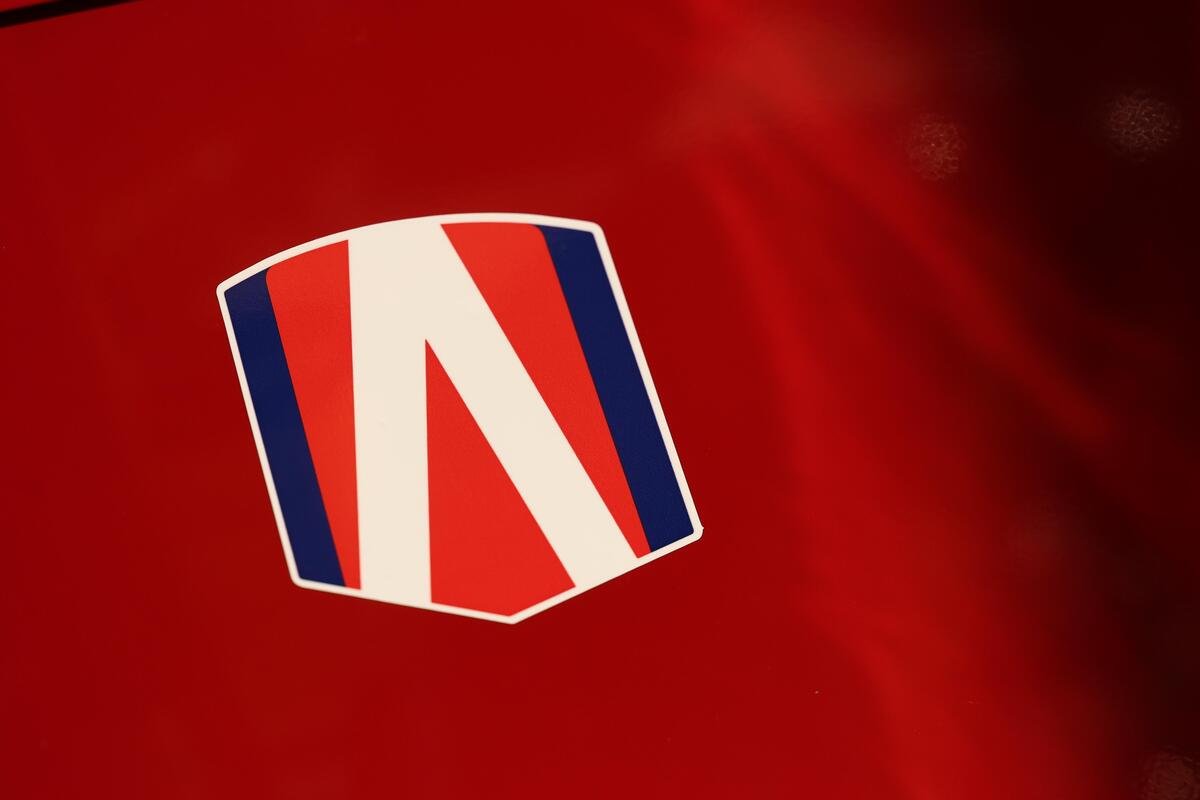

That’s despite the commercial rights holder refusing its entry in January, which appears to have, at least for now, closed the door on that ambition.
According to Formula 1 Management, the opposition to the American operation’s entry is because the organisation wouldn’t add commercial value to the championship.
How it reached that conclusion is black-boxed. In January, a statement was issued confirming the outcome of its assessment and offering some insight, but a number of unanswered questions remain.
There is, however, a degree of tempered support for Andretti’s presence on the grid among competitors.
Speaking in Monaco last weekend, Red Bull boss Christian Horner was complimentary of the operation’s name and pedigree, but suggested it is not coming into F1 through the correct channels.
“I think that if Andretti were to want to come, a little like Audi acquired Sauber, I think to protect the current franchise and stability that we have in the sport, then obviously their best route to goal is to acquire one of the existing teams,” Horner opined.
Alpine’s Bruno Famin and Alessandro Alunni Bravi of Sauber, a team in the process of being acquired by Audi (a deal that is expected to be completed in January), shared this view.
Andretti had initially entered negotiations with Sauber as it first attempted to join the grid.
Those conversations broke down and set the American entity off on a new route: to found an all-new operation.
Under the current regulations, there are two spaces left for new teams with only 20 of 24 grid slots filled.
Andretti registered when the FIA opened its expressions of interest process and was successful in progressing to the next stage of that – which was assessment of the commercial aspects of the sport.
The FIA appraisal of the entry included the operation’s ability to design and compete at a standard deserving of the world championship before Formula 1 Management assessed the impact on the broader business of F1.
That’s where the application fell down and where many feel the explanation offered has been wanting.
Equally unsatisfactory is the insistence that Andretti’s only path onto the grid is to acquire an existing team.
While it is a valid way in and arguably the quickest, it is just one means. It ignores the fact that, under the regulations, a facility exists for additional competitors to be admitted.
It is the prerogative of any aspiring competitor to determine the best business model for them, which is what Andretti has done in creating an all-new organisation.
Rivals are, of course, permitted to an opinion and to voice that. Naturally, that is going to best serve their business.
In the case of Andretti, suggesting the ‘correct’ way in is via the acquisition of an existing team is a means of protecting their own entitlement to prize money.
“Audi shows the right path to come to Formula 1,” said Bravi.
“Of course, Cadillac is a big player and it qualifies this project as a potentially good project. But there is a way that is to buy into an existing team.
“I think that the process put in place by Formula 1 is a clear one. Very robust project. So I think that they know which could be the way.”
Why should Andretti be compelled to buy another team?
Investing in an existing organisation comes with the upside of instant access to the grid, but there are drawbacks, too.
When acquiring an existing operation, there is history and inertia, facilities, staff, and culture. They all have baggage to a greater or lesser extent.
In the current environment, any team that is a realistic target for acquisition has underlying issues that are not easily solved – if they were easily fixed, they would have been addressed already.
Furthermore, if the team is failing, it’s not the responsibility of a newcomer to rescue the operation, no matter how romantic that notion may seem.
A green fields project is a longer-term proposal but provides an opportunity to do things differently: set up shop where you want and formulate a business plan that supports that rather than shoehorning one around whatever elements already exist.
There’s also an opportunity to leverage existing facilities, capabilities or capacity within a broader operation such as Andretti, which is active in IndyCar, Formula E, IMSA, among others.
The simple fact is there are multiple pathways onto the grid, each with its own advantages and disadvantages.
No operation is compelled to go down one or the other route, nor is one the ‘correct’ method – they are equally valid, whether the existing teams like it or not, and regardless of the health or stability of the incumbent operations.
The underlying issue here is not how Andretti is attempting to enter the grid or the opinions of others but the lingering dissatisfaction with the justification over its refusal.





















Discussion about this post